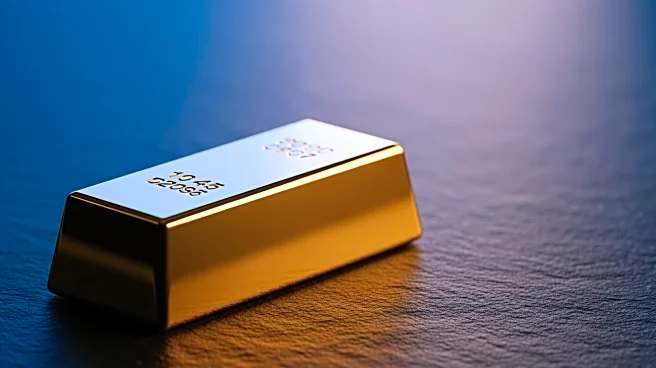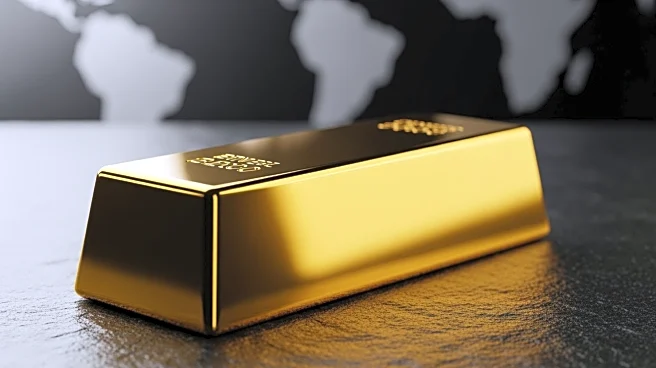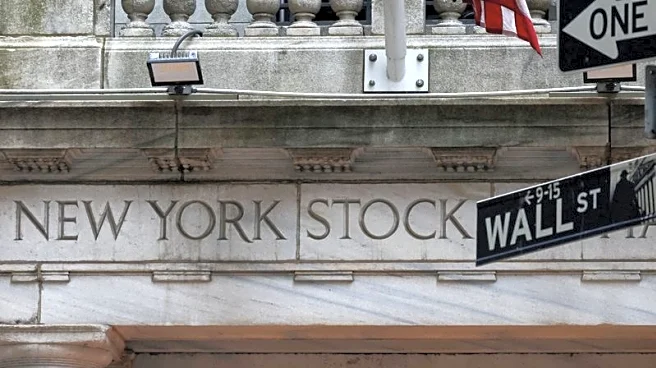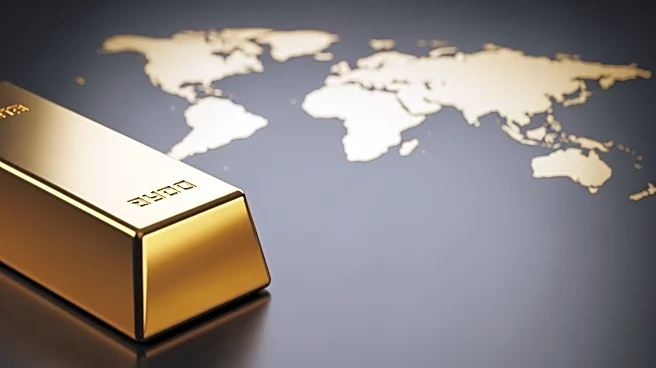What's Happening?
Goldman Sachs has reported that central banks are likely to continue purchasing large amounts of gold in November, as part of a multi-year trend to diversify reserves and hedge against geopolitical and financial
risks. The firm estimated that central banks bought 64 tonnes of gold in September, up from 21 tonnes in August. Goldman Sachs forecasts that gold prices will reach $4,900 by the end of 2026, driven by economic concerns, geopolitical tensions, and expectations of further U.S. interest rate cuts.
Why It's Important?
The continued purchase of gold by central banks reflects a strategic move to safeguard against economic and geopolitical uncertainties. As gold prices rise, this trend may influence global financial markets and investor strategies, potentially leading to increased demand for gold as a safe-haven asset. The forecasted price increase suggests confidence in gold's long-term value, which could impact investment portfolios and central bank policies worldwide.
What's Next?
Central banks may continue to increase their gold reserves, potentially influencing global gold prices and market dynamics. Investors and financial institutions will likely monitor these trends closely, adjusting their strategies to align with anticipated price movements. The ongoing geopolitical and economic uncertainties may further drive demand for gold, reinforcing its role as a key component of reserve diversification.
Beyond the Headlines
The strategic accumulation of gold by central banks highlights the broader implications of geopolitical tensions and economic instability. It underscores the importance of diversification in reserve management and the role of gold as a stabilizing asset. This trend may also reflect shifting priorities in global financial strategies, as countries seek to mitigate risks associated with currency fluctuations and economic volatility.












